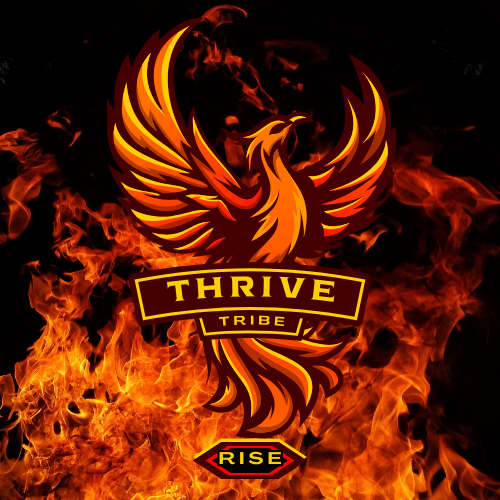Naps aren’t just for toddlers and cats; they’re secret power-ups for your brain. The key player here is our friend, the brainwave. During a short nap, your brain jumps into a lighter phase of sleep, a sort of quick maintenance mode that boosts alertness. Studies show that even a 10 to 20-minute nap can recharge your mind, just enough to improve memory and creativity without that groggy feeling we get from longer slumbers.
You ever notice how a quick nap can make you feel sharper and more focused? That’s because napping clears out adenosine, a brain chemical that makes you feel tired. The moment you wake up, you’re likely to feel more refreshed and ready to tackle your tasks. Scientific research confirms that businesses and schools, recognizing these benefits, are happily integrating nap spaces into their environments.
Sleep researchers have dug deep, and they’re practically singing the praises of the ‘power nap’. The National Sleep Foundation suggests that these short bursts of rest can increase productivity, especially during that infamous afternoon slump. This nugget of sleep helps reset your system, lowers the stress hormones like cortisol, and keeps you going strong for the rest of the day.
Nap Smart: Implementing Effective Nap Strategies That Maximize Benefits
Finding the sweet spot for nap time is like hitting the jackpot. The golden rule is keeping it between 10 to 20 minutes. This keeps your brain from drifting into deep sleep, the kind that leaves you feeling more like a zombie than a go-getter when you wake up. This power nap length is just enough to recharge without making you feel all groggy.
Creating a nap-friendly environment can make all the difference. If you’re at work, sneak away to a quiet room, or throw on some noise-canceling headphones if a silent spot is hard to find. Dim lighting helps your brain think it’s time to rest; even a simple sleep mask could help if you can’t control the room’s lighting.
The art of napping also involves the right timing. Ideally, plan your nap sometime between 1 PM and 3 PM—this matches your body’s natural dip in alertness. And remember, the idea is to supplement your night’s sleep, not replace it. Keep your naps strategic, like a well-played card game.
Ever heard folks say napping’s a sign of laziness? Time to roll your eyes and know better. The myth that napping makes you lazy or disrupts nighttime sleep is just that—a myth. With the right timing and duration, naps only add to your daily productivity allowance. So, nap guilt-free and get that mental mojo working.
Reaping the Health Rewards: How Short Naps Contribute to Overall Well-being
It’s not just about getting through the workday; short naps pack some serious health benefits too. Regular quick rests aren’t just head-clearing moments but powerful tools for boosting cognitive functions. As you snooze, your brain organizes and stores information, enhancing memory and learning capabilities.
Feeling stressed? A short nap can help with that. Naps are like a little reset button for stress levels, helping to smooth out mood swings and better manage emotions. By giving your mind a break, you’re less likely to feel overwhelmed and more prepared to take on the rest of the day with a cool head.
The long-term perks of napping should make anyone take notice. Researchers link regular napping to a reduced risk of heart problems. It’s all about lowering stress-related hormones and giving your heart a much-needed breather. Regularly catching a little afternoon shut eye also seems to positively influence blood pressure and decrease inflammation.
So next time you’re on the fence about squeezing in a nap, think of it as investing in your health. What’s good for your brain can be great for your body too. With all this evidence supporting the benefits of a short nap, it’s clear they’re not just a productivity strategy—they’re a health-enhancing power move.
